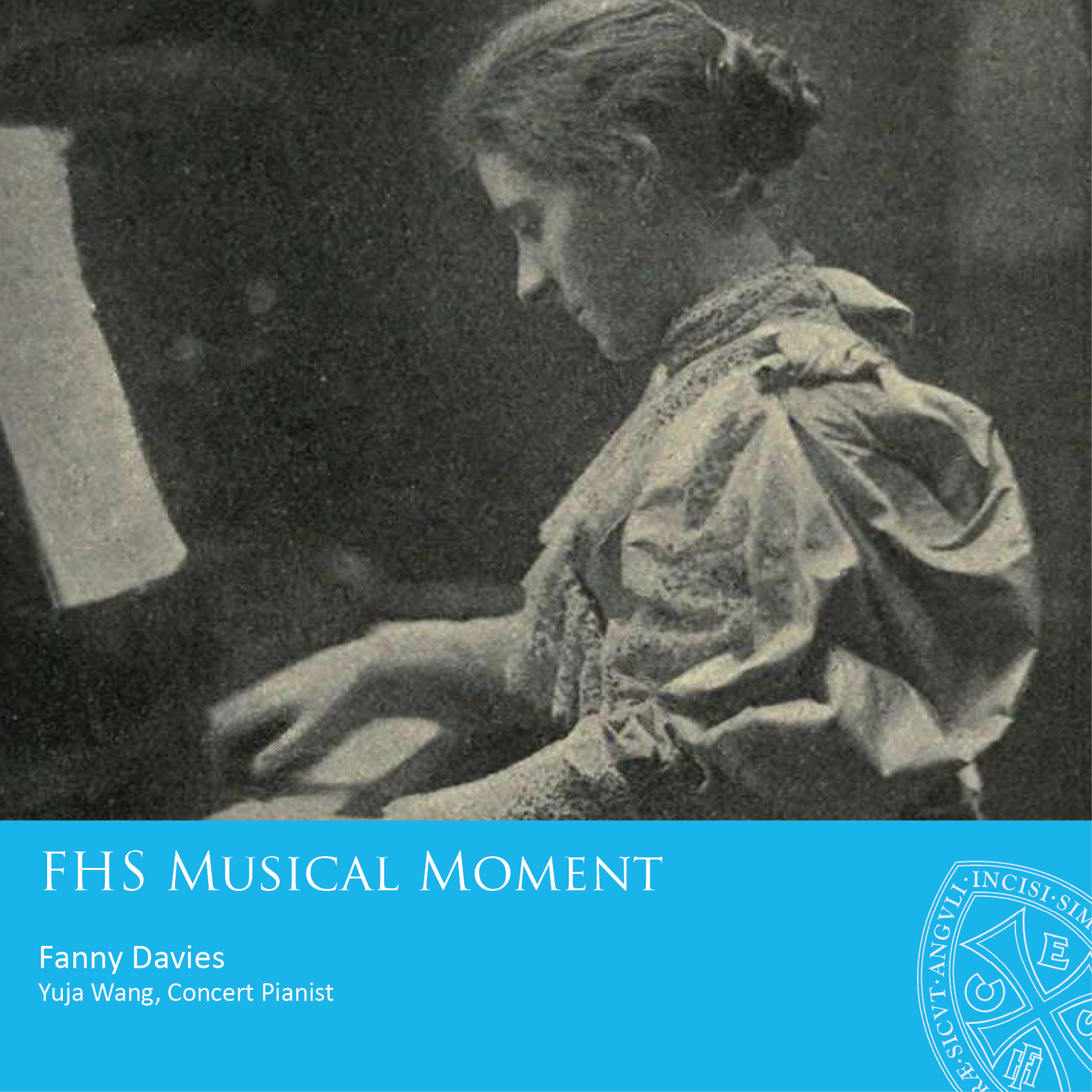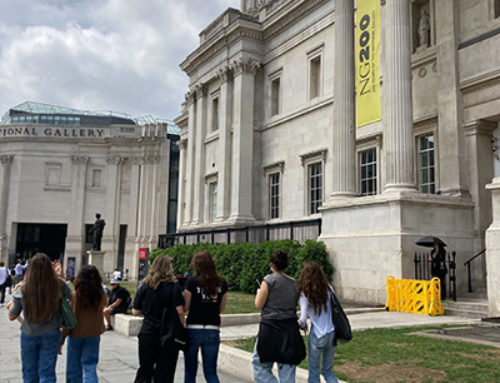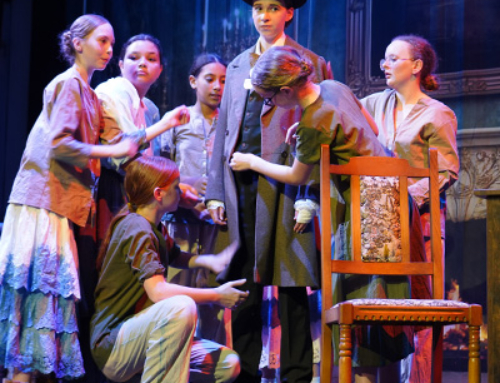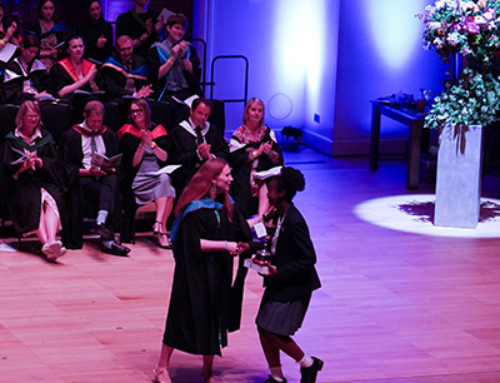As a musician, I am always faced with the problem of how to interpret the musical score. The score may be full of markings indicating the composer’s desired shaping of dynamics and rhythm but ultimately these markings are symbols and, even in sum, they do not ‘constitute’ music. Only from an interpretation of all of the markings of the score do we have the possibility, in performance, of making music out of all of those black and white squiggles.
Even then, there is the puzzle of how to read each individual marking. ‘Forte’ in one place can mean something different from ‘forte’ in another and Beethoven, say, typically had in mind a somewhat different expressive effect from Chopin in using this same marking. Try to produce a performance in which every marking in the score is given some form of ‘literal’ realisation and the result will be unmusical nonsense – a performance that is ‘Ur-text’ but not ‘Ur-spirit’.
Ludwig Wittgenstein wrote that ‘Philosophy is a battle against the bewitchment of our intelligence by means of language’ and, paraphrasing, one could perhaps remark that musical interpretation is a battle against the bewitchment of our sensibility by the musical text… And yet, of course, we have to pay close heed to those markings and try to intuit the essence behind them – we must search for the spirit behind the notes and then seek to imbue it with fresh life. But how to discern that spirit, not least given that the score’s markings are relative and often ambivalent?
We are fortunate that many composers who lived during the 20th Century left recordings of their own works – amongst them are Rachmaninoff, Prokofiev, Shostakovich, Bartók and Britten. Yet there are no recordings of Mozart, Beethoven, Chopin or Schumann, of course – they lived long before the technology of recording was invented.
With certain composers, though, we have the advantage of recordings made by pupils. One such case is Robert Schumann. Schumann’s wife, Clara Schumann (1819-1896), was a composer in her own right, mentor and muse to her husband, and also one of the most renowned virtuoso pianists of her era. She was also a celebrated teacher. Robert died in 1856 but Clara sought, through her playing and in particular her teaching, to continue the Schumann tradition over the following four decades.
Clara’s best-known pupil was the English pianist Fanny Davies (1851-1934). During her lifetime, Fanny Davies was celebrated throughout Europe as an inheritor of the Schumann tradition via her teacher Clara. In her twenties, in the early 1880s, Fanny Davies taught piano at Francis Holland Sloane Square, which had been founded a few years before by Queen Victoria’s chaplain. Near the end of her life, during her late sixties and early seventies, Fanny Davies made a series of recordings of some of Robert Schumann’s works for Columbia.
Even in our modern era nearly a century later, Fanny Davies’s recordings are regarded as important documents, of interest to pianists and musicologists in providing evidence of the tradition of interpretation of Schumann’s works, as passed down to Fanny Davies by her teacher Clara Schumann. In these recordings, for example, we find a particularly warm and telling realisation of the German expression ‘innig’ that Schumann used in some of the most intimate passages of his works. Davies plays always with cantabile (a ‘singing’ of the top melody line in the right hand), left hand accompaniment figures given a subtle rocking character that moves the music forward without drawing attention to itself. The second movement ‘Intermezzo’ of Schumann’s Piano Concerto is marked ‘Andantino grazioso’ and given a metronome mark of 120 for the quaver beat. It is often played much slower but Fanny Davies’s 1928 recording reveals that the metronome mark can be taken at face value, the movement a graceful conversation between piano and orchestra, not a mournful lament. Although such a metronome mark is a rare instance of an ‘absolute’ written in the score, it is not a diktat, of course. An interpreter may choose to play faster or slower but the metronome indicates the way the composer felt the tempo and provides illumination of his intentions towards pulse…we gain further insight into that elusive spirit behind the notes.
How appropriate that the school where Fanny Davies taught piano 150 years ago continues to hold an annual music festival in her name, reflecting the insight and values that we can gain from observing tradition in a modern context.
Yuja Wang, Concert Pianist














